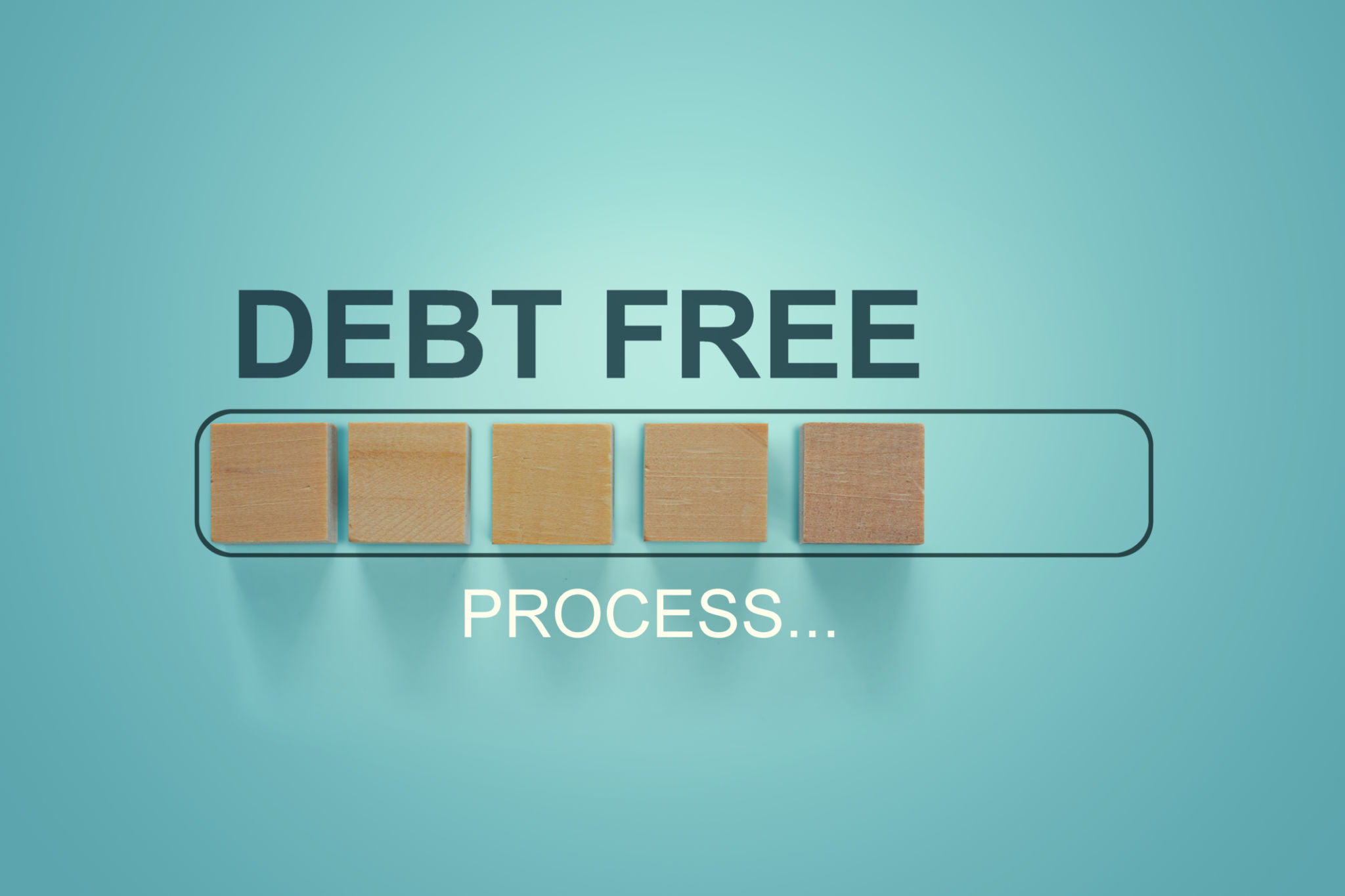Reducing Debt Payments: Strategies for Financial Freedom
Understanding Your Debt Situation
Before embarking on the journey to reduce debt payments, it's crucial to have a clear understanding of your current financial situation. Begin by listing all your debts, including credit cards, loans, and any other outstanding obligations. Note the interest rates, minimum payments, and due dates for each. This will give you a comprehensive view of your financial landscape and help you prioritize which debts to tackle first.

Creating a Realistic Budget
Once you have a clear picture of your debts, the next step is to create a realistic budget. A budget helps you allocate your income effectively, ensuring that you're not overspending. Start by listing your monthly income and fixed expenses such as rent, utilities, and groceries. Then, allocate funds for debt repayment. It's essential to stick to this budget and adjust it as necessary to avoid falling back into debt.
Consider using budgeting apps or tools that can help you track your spending and stay on target. By having a solid budget in place, you'll be better equipped to manage your finances and make consistent progress towards reducing your debt.
Exploring Debt Repayment Strategies
There are several strategies you can employ to reduce your debt payments effectively. One popular method is the debt snowball approach, where you focus on paying off the smallest debts first while making minimum payments on the larger ones. This can provide a psychological boost as you see debts being eliminated.

Alternatively, the debt avalanche method involves prioritizing debts with the highest interest rates. This strategy saves money in the long run by reducing the amount of interest paid over time. Choose the method that aligns best with your financial goals and personal preferences.
Consolidating Your Debts
Debt consolidation is another option to consider when aiming to reduce debt payments. By combining multiple debts into a single loan with a lower interest rate, you can simplify your payments and potentially reduce the overall interest paid. This can be done through personal loans, balance transfer credit cards, or home equity loans.
It's important to carefully evaluate the terms and conditions of any consolidation option to ensure it truly benefits your financial situation. Additionally, avoid accumulating new debt while consolidating to prevent further financial strain.

Negotiating with Creditors
If you're struggling to make your payments, reaching out to creditors can be a beneficial step. Many creditors are willing to negotiate terms, such as reducing interest rates or extending payment deadlines, especially if they believe it will increase their chances of being repaid.
Prepare for these conversations by having documentation of your financial situation and a clear proposal for what you need. Demonstrating your commitment to repaying the debt can often result in more favorable terms.
Building an Emergency Fund
While reducing debt is a priority, it's also crucial to build an emergency fund. Having a financial cushion can prevent you from going deeper into debt when unexpected expenses arise. Aim to set aside a small portion of your income each month until you have at least three to six months' worth of living expenses saved.

This fund serves as a safety net, allowing you to address emergencies without resorting to high-interest loans or credit cards. Over time, this proactive approach will support your journey towards financial freedom and stability.